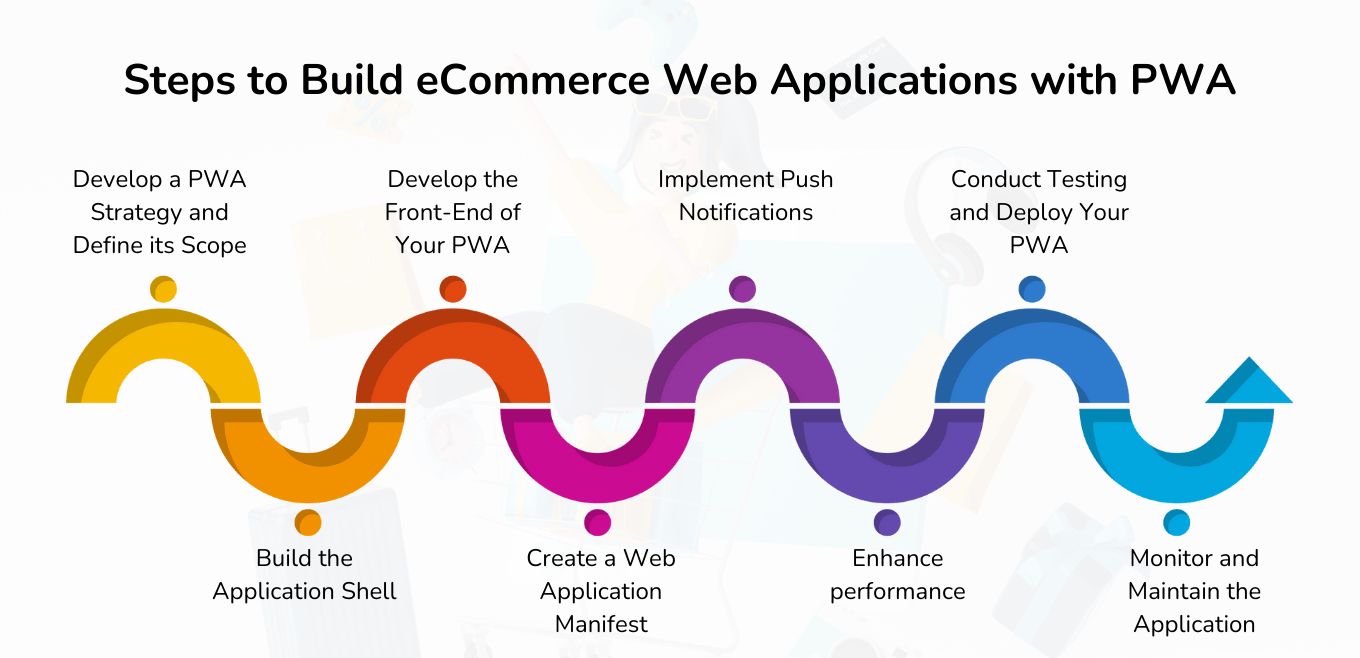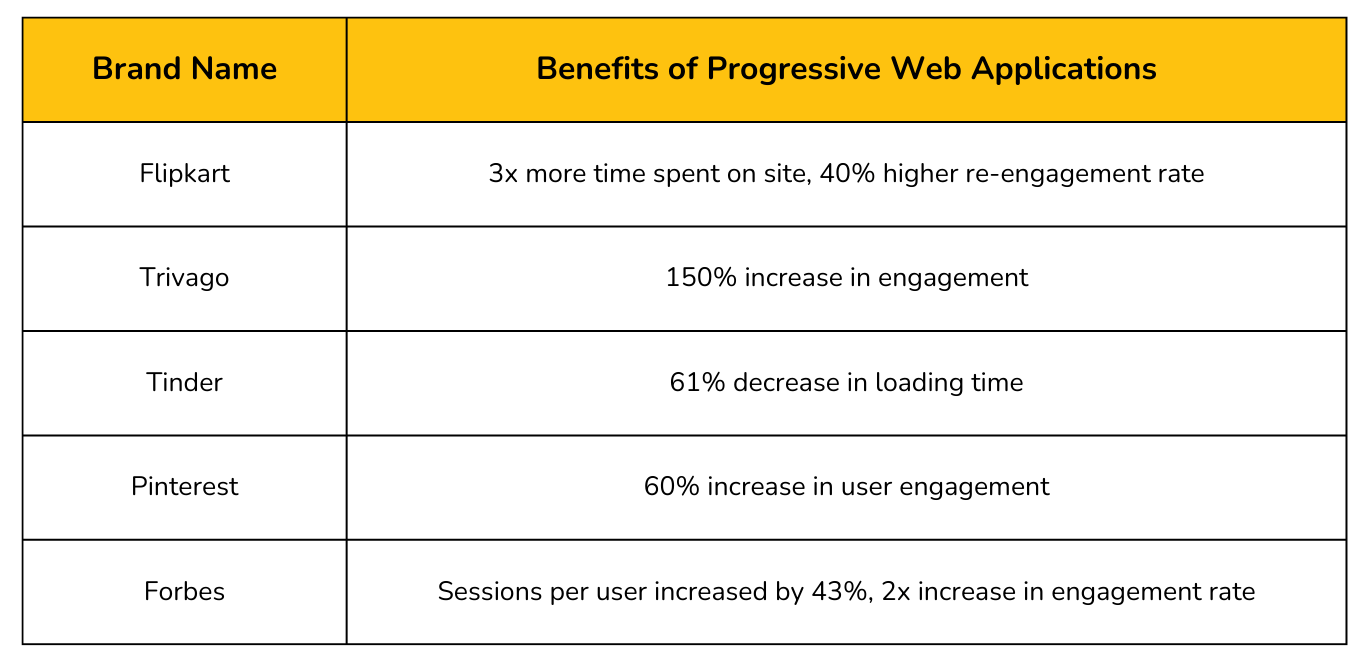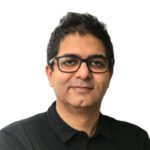User experience in eCommerce is akin to the customer service provided by a restaurant. No matter how exceptional the food is, diners are unlikely to return if the service is poor, the environment is unwelcoming, or the wait times are excessive. Similarly, even if a platform offers attractive deals, users will likely gravitate toward alternatives if their experience is substandard.
For years, native apps have been the go-to solution for businesses prioritizing user experience. However, their development and maintenance across multiple platforms can be both costly and time-intensive. Enter Progressive Web Application (PWA)—an innovative technology that combines the advanced features of native apps with the reach and convenience of the web.
The business value of PWAs is undeniable. Companies like Alibaba saw a 76% increase in conversion rates, while Flipkart reported a 40% boost in user retention after implementing PWA technology. These results highlight the transformative potential of PWAs in enhancing user engagement and driving business growth.
Why Choose Progressive Web Application Development for eCommerce?
In today’s digital landscape, a significant number of consumers rely on mobile devices to browse online stores before making purchases. This makes it essential for eCommerce businesses to prioritize the mobile shopping experience for their customers.
A common challenge arises when first-time visitors to an eCommerce site hesitate to download a dedicated mobile app. Native applications often require substantial storage space, which can deter users and occasionally lead to performance issues on their devices.
Progressive Web Applications (PWAs) address this concern effectively. A PWA offers the functionality and user experience of a native app without occupying significant device storage. Additionally, PWAs are faster, highly responsive, and capable of operating seamlessly even under poor network conditions, making them an ideal solution for modern eCommerce platforms.
Benefits of Progressive Web Applications for Your eCommerce Business

Improved customer engagement
Progressive Web Applications combine the best aspects of mobile apps and websites to deliver a seamless and interactive shopping experience. Features such as offline accessibility, rapid loading speeds, and tailored notifications foster customer interest and loyalty to your brand.
High conversion rates
Progressive Web Applications (PWAs) streamline the purchasing process with features like faster performance and intuitive interfaces, leading to higher conversion rates. Prominent retailers such as Alibaba and Flipkart have reported significant increases in sales after implementing PWAs.
Cost-effectiveness
Developing and maintaining separate websites and mobile applications can be expensive. PWAs offer a unified solution that operates seamlessly across all devices, reducing costs while delivering a consistent and engaging user experience.
Improved SEO
Unlike traditional mobile apps, PWAs are discoverable by search engines, enhancing online visibility. This ensures potential customers can easily find your business through search, driving organic traffic.
Reduced bounce rates
With faster loading times and seamless navigation, PWAs keep users engaged for longer, increasing the likelihood of conversions and reducing bounce rates.
Steps to Build eCommerce Web Applications with PWA


Creating a responsive, user-friendly, fast, and engaging Progressive Web Application (PWA) for your business involves the following key steps:
Step 1: Develop a PWA Strategy and Define its Scope
Plan your PWA type
Decide whether to build a basic PWA with core functionality or an advanced version with enhanced features. This decision will shape the foundation of your application and guide its development process.
Identify the core purpose
Define the primary objective your PWA aims to achieve and the value it offers to users. For example, a restaurant PWA might focus on enabling online ordering and menu browsing as its main functions.
Choose between basic and advanced functionality
A basic PWA includes features like responsiveness, offline access, and fast loading times. If you aim to create a feature-rich application, consider adding functionalities such as push notifications and native device integrations.
Determine the scope
List the specific features and capabilities based on the chosen PWA type and its intended purpose. Prioritize features by their importance, feasibility, and relevance to user needs.
Document and share the scope
Create a clear document outlining the PWA’s purpose, type (basic or advanced), and scope. Share this document with development teams and stakeholders to ensure alignment and clarity before starting the development phase.
Step 2: Build the Application Shell
The application shell forms the foundation of your PWA’s user interface. It comprises the essential HTML, CSS, and JavaScript needed to deliver the core structure and navigation of your app. By separating the app shell from dynamic content, you ensure that your PWA loads quickly, even on slower network connections.
Step 3: Develop the Front-End of Your Progressive Web Application
Once the app shell is in place, the next step is to build the front-end of your Progressive Web Application (PWA). Leverage modern web technologies such as HTML5, CSS3, and popular JavaScript frameworks like React, Vue.js, or Angular to design responsive and engaging user interfaces. These tools will help ensure your PWA delivers a seamless and interactive user experience.
Step 4: Create a Web Application Manifest
A web application manifest is a JSON file that contains metadata essential for defining the characteristics of your Progressive Web App (PWA). This includes the app’s name, description, icons, and preferred display mode. Additionally, it should specify key details such as the theme color, display orientation, and the starting URL.
To ensure your PWA looks polished when added to home screens across various devices, include icons in multiple sizes. Incorporating a web app manifest not only enhances the visual appeal but also improves the app’s discoverability and user experience.
Step 5: Implement Push Notifications
Push notifications are a powerful tool for maintaining user engagement and driving repeat visits to your PWA. Leverage web push APIs and service workers to enable this functionality effectively. Incorporate features such as analytics tracking, subscription management, and personalized notifications to deliver timely and relevant messages that resonate with your audience.
Step 6: Enhance performance
To ensure optimal performance, it’s crucial to implement best practices for progressive web application (PWA) development. Here are some effective strategies:
- Optimize Requests: Utilize sprite sheets for images, and combine and minify CSS and JavaScript files using tools like Webpack or Gulp to minimize HTTP requests.
- Image Optimization: Compress images with tools such as ImageOptim or TinyPNG, and implement lazy loading using libraries like LazySizes for better resource management.
- Caching and CDN: Enable both server-side and browser-side caching, and leverage a Content Delivery Network (CDN) to accelerate content delivery.
- Efficient Rendering: Reduce DOM manipulations and streamline the critical rendering path to ensure smooth user interactions.
- Performance Monitoring: Use performance testing tools like Lighthouse or WebPageTest to identify bottlenecks and continuously optimize the application’s performance.
This approach will help achieve a faster and more responsive user experience.
Step 7: Conduct Testing and Deploy Your Progressive Web Application
Before launching your Progressive Web Application (PWA), use platforms like Sauce Labs or BrowserStack to thoroughly test it across various devices, browsers, and network conditions. Leverage functional testing frameworks to ensure all features are working as expected.
Once testing is complete, deploy your PWA on a reliable HTTPS-compatible hosting service, such as Firebase Hosting. Unlike native apps, PWAs are typically not listed in app stores, but you can enhance their discoverability through web app manifests and browser settings that allow users to install the PWA directly onto their home screens.
Step 8: Monitor and Maintain the Application
Deployment is just the beginning; maintaining and optimizing your PWA is an ongoing process. Regularly monitor usage metrics, user feedback, and application performance. Utilize analytics tools to track user engagement, conversion rates, and retention rates. Analyzing user behavior helps identify areas that need improvement and prioritize updates accordingly. Consistently update your PWA with new features, bug fixes, and performance enhancements to ensure it remains relevant and competitive.
With these steps, you now have a solid foundation for building impactful progressive web applications. Next, let’s explore how leading brands have leveraged PWAs to deliver exceptional digital experiences.
Popular Brands and Companies Adopting Progressive Web Application
Numerous businesses have transformed user interactions with their platforms by leveraging Progressive Web Applications (PWAs). These applications deliver smooth, cross-platform experiences without necessitating the installation of traditional apps. Let’s explore some of these companies and examine the impact their adoption of PWAs has had on their operations and user engagement.


Why Choose People10 for Progressive Web App Development?
Creating a progressive web application (PWA) that delivers an app-like experience requires a blend of technical expertise and strategic execution. Even with advanced technology, ensuring a seamless launch and sustained performance can be a complex endeavor. Partnering with a leading web application development company like People10 can be a game-changer for your business. With over 13 years of experience in building scalable and high-performing PWAs, People10 combines technical proficiency with a strategic vision to drive your web application’s success.
Here’s why People10 is the ideal choice for your PWA development needs:
- Customer-Centric Approach: Tailored design and software product development strategies aligned with your business objectives.
- PWA Best Practices: Seamless integration of offline capabilities, responsiveness, and performance optimization.
- Comprehensive Support: Ongoing maintenance and technical assistance to ensure your PWA operates at its best.
- Proven Expertise: A successful track record of delivering PWAs for web applications, e-commerce platforms, and other domains.
Choose People10 to transform your vision into a powerful and user-centric PWA solution.
Are you looking to Get the Best Mobile and Web Technologies Through Progressive Web Applications?
Web application services at People10 will ensure your application is well-planned, well-budgeted, and well-architected.
Author
Mohit Juneja leverages his extensive expertise in architecture and solution design to drive complex application delivery. His passion for continuous learning keeps him at the forefront of technology advancements.




